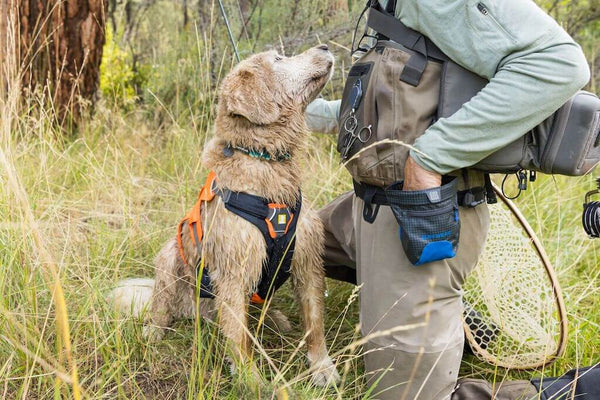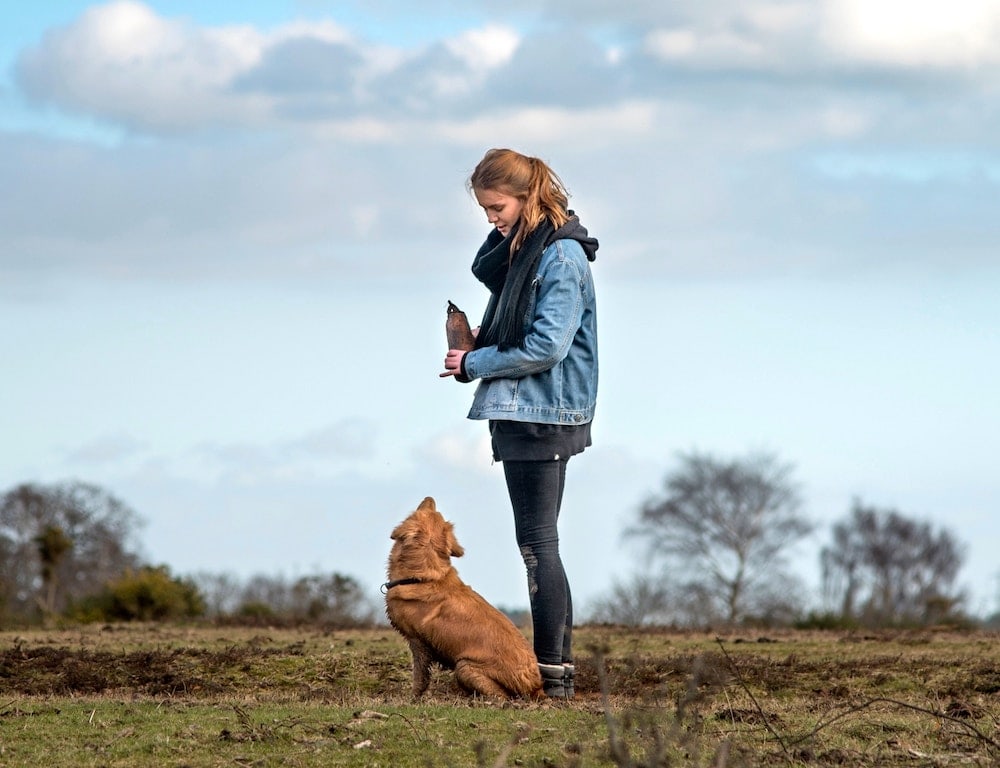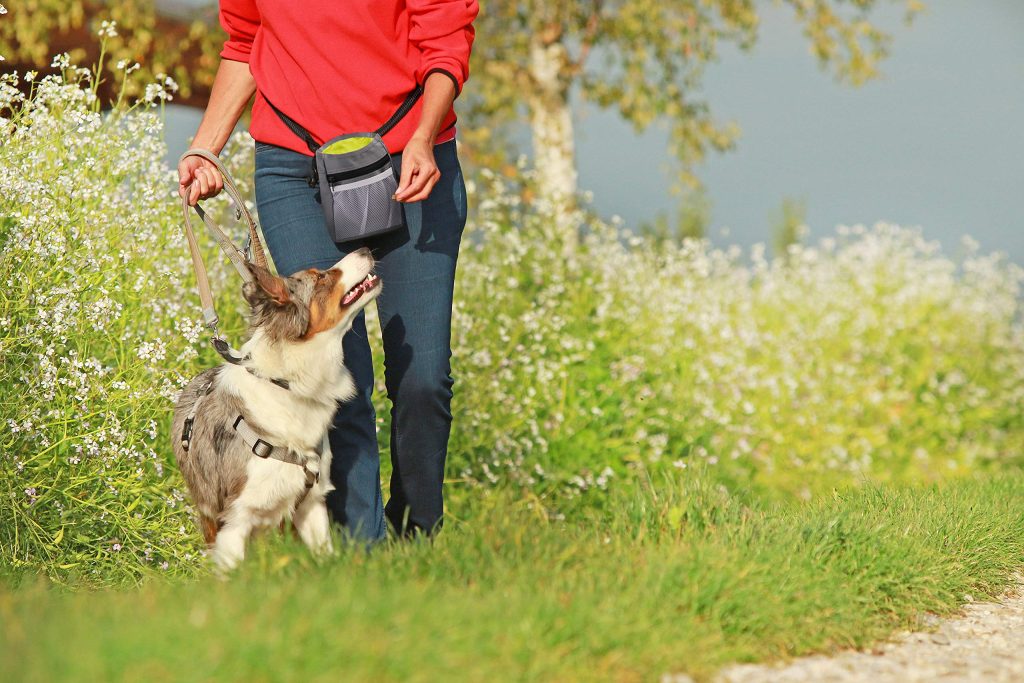Contents
Training your dog is one of the most satisfying things you can do as a pet owner, but it can be difficult to know where to begin. And thus, to get you and your dog off to a running start, here are eight pointers.
Use Positive Reinforcement
Positive reinforcement training is widely considered to be the gold standard in veterinary medicine for canine behavioural modification. By contrast to negative reinforcement training, which emphasises scolding or otherwise disciplining your pet, the positive one emphasises rewarding the good behaviour instead.
Always give your dog a treat when it does what you want and obeys your directions. When you give someone a reward for being good, you’re teaching them that good behaviour will lead to more rewards.
Another consideration is whether or not you are unwittingly reinforcing undesirable actions. To prevent reinforcing undesirable behaviours, such as when your dog barks at you to play or leaps up to say hello, ignore it. Hold off on paying attention to them until they’ve calmed down.
A Dog Training Treat Bag is a Must-have

Canines are highly receptive to the prospect of receiving food as a reward. For those with a higher threshold for unpleasantness, a preference for soft, chewy and smelly delicacies over hard crunchy ones is common. And speaking of carrying smelly treats around your home, yard or dog park, who wants smelly pockets with different treats from the days at the park?
The solution for this is a belt dog training treat bag that’s easy to adjust, usually with a slimline, an accessory pocket and a built-in poop bag dispenser. It has everything you need when taking a pup for a walk or run, and more importantly, it’s comfortable too. This is perfect for when you don’t feel like lugging around treats in your jacket pockets but a designated bag that is easily approachable and there where you need it, so your training sessions are as effective as they can be.
Consistency is Important
Maintaining a regular training schedule is crucial, and so is keeping a variety of chewy snacks in your dog treat pouches to ensure your training is a success. When training your dog, it’s important to maintain uniformity in your methods, such as by consistently using the same term and even the same kind of intonation when asking them to perform anything.
Also, make sure everyone in your family is on the same page. Dogs need predictability in order to form new routines; if one of you never lets the dog on the couch, but the other does, the dog will be confused.
Maintain Short but Frequent Training

Training sessions that are shorter and more frequent throughout the day are more beneficial than lengthier ones. Sessions should go no longer than five minutes; much longer and your dog risks becoming bored or frustrated, according to the American Kennel Club.
Dogs also have a hard time generalising commands (i.e., knowing that asking for a “sit” at home is the same as asking for a “sit” on a busy street), so it’s helpful to repeat training sessions in different locations, with different people, and with varying levels of distraction, so that your pup learns to respond correctly to the same command always.
Increase Training Intensity Gradually
Different breeds of dogs have different temperaments; some of them will make the training session a breeze, and with others, you will have to use a zap collar. Take their temper and breed into consideration, especially with more complex actions like “stay,” or when attempting to modify (eliminate) an undesirable habit.
It can be good to begin with simpler steps. Reduce complex routines to their component pieces. Train “come” by praising and rewarding your dog with some of the goods stored in your fancy dog training treat bag for even the smallest progress towards you in the beginning. Once your puppy masters a small portion of the habit, teaching the rest will be a breeze.
Time Your Walking Sessions Properly

Dogs (and especially pups) have a lot of pent-up energy that can be channelled into improved listening and training if given an outlet. If you want to get the most out of your training session, it’s best to let them run around free for some time.
For instance, take your dog for a long walk or take them to the dog park before you start. Let them have fun, but make sure they have enough energy left to focus on the given tasks.
Have Patience
Strength training requires time, effort, and energy. Training your dog, whether it’s a puppy or an adult, entails shaping its behaviour, which usually requires more than one try. You should begin with the fundamentals (such as “sit” and “stay”) and then advance from there.
You are attempting to have a conversation with a creature that doesn’t understand your language. As eager as your dog is to learn, it will take some time for them to fully grasp your instructions and expectations.
And of Course, Have Some Fun Yourself
Having fun while training is important for both you and your dog. Have a constructive attitude at all times and try varying your training by adding in short play periods in between sets to keep things fresh.
In addition to standard obedience training, you may want to teach your dog some tricks. Humans are more excited by the sight of a dog rolling over than by a simple sit, and our dogs catch up on this and become passionate trick performers as a result.





Comments are closed.